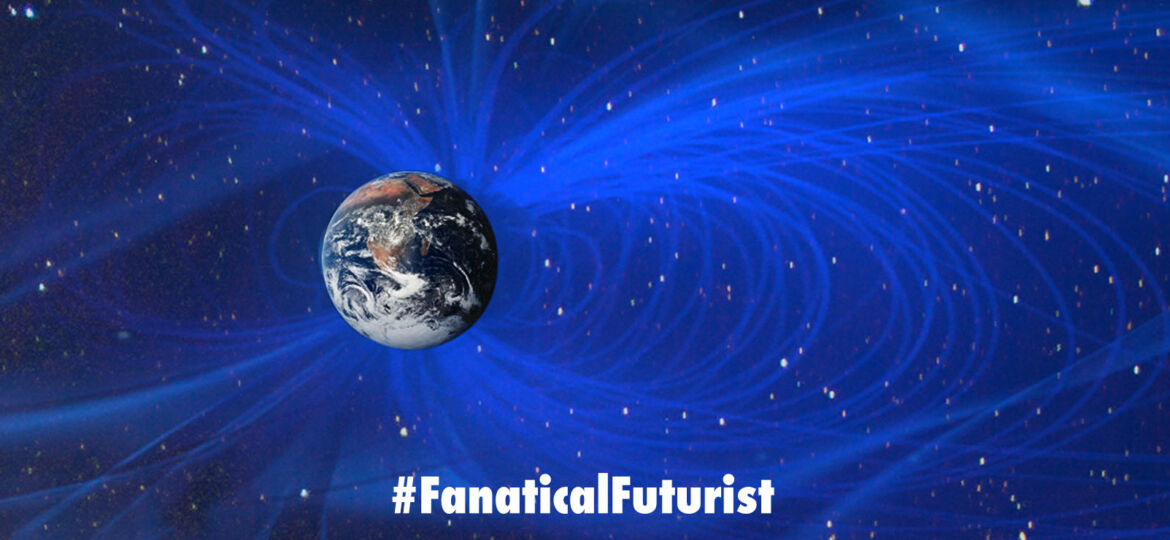
WHY THIS MATTERS IN BRIEF
Satellites need fuel to maintain their orbits, and when that runs out they burn up in the Earth’s atmosphere. Fuel-less satellites could theoretically stay in orbit forever.
 Love the Exponential Future? Join our XPotential Community, future proof yourself with courses from XPotential University, connect, watch a keynote, or browse my blog.
Love the Exponential Future? Join our XPotential Community, future proof yourself with courses from XPotential University, connect, watch a keynote, or browse my blog.
Staying afloat in space can be deceptively hard. Just ask the characters from Gravity, or any number of the hundreds of small satellites that fall into the atmosphere in a given year and end up burning up. Any object placed in Low Earth Orbit, or LEO for short, must constantly fight against the drag caused by the small number of air molecules that make it up to that height and that’s why today every satellite has to have fuel in order to remain safely in orbit – right up until the point when that fuel runs out and the satellite crashes and burns in the Earth’s atmosphere. And that’s an issue if you’re a satellite operator which is why recently Northrup Grumman ran the first trial to service and refuel satellites in orbit. But what if satellites didn’t have to have fuel in the first place?
This week a team of students from the University of Michigan announced they’d launched a world first – a fuel-less prototype satellite that attempts to stay afloat using nothing more than magnetism.
The project, known as the Miniature Tether Electrodynamics Experiment (MiTEE), launched the other day on Virgin Galactic’s flight from the Mojave Desert. Its interdisciplinary team consists of undergraduate through PhD Students at UofM. This is the first project the team has launched, and represents the culmination of six years of effort.
Learn all about the new satellite
That effort resulted in a novel satellite, or more accurately a pair of satellites, that test an even more novel idea – that small enough satellites, that are now starting to be 3D printed for the first time, can use the Earth’s own magnetic field to achieve a small amount of lift rather than having to rely on fuel.
To test this theory, the team has designed a pair of satellites, one about the size of a loaf of bread, the other one the size of a smartphone, that are connected together via a span of wire. A current is then induced in that wire, and physics gets to do its magic.
One of the fundamental laws of electromagnetism is that when a current is present in a magnetic field, the magnetic field will exert a force on the conductor containing the current. Since the Earth’s magnetosphere is present up to LEO, there is also a magnetic field present there. MiTEE plans to use the current in the tether between its two satellites to push the paired satellites upward and fight against the combination of air drag and gravity that are pulling them down.
For the first version launching this weekend, known as MiTEE-1, there will be a single 1 meter long rigid boom connecting the two satellites. It will focus on measuring how much current, if any, can be induced by the ionosphere, another feature of the space immediately surrounding Earth. Follow on projects would test the tether for use as an actual antenna, and try to measure whether it would be feasible to completely float a pico-satellite system without any propellant.
It will probably be a few years until a second system flies, given that the entire workforce for this project are volunteer college students. In the meantime, they will have plenty of data to parse, and hopefully a major cause for celebration, when MiTEE-1 starts collecting data after a successful launch.
















